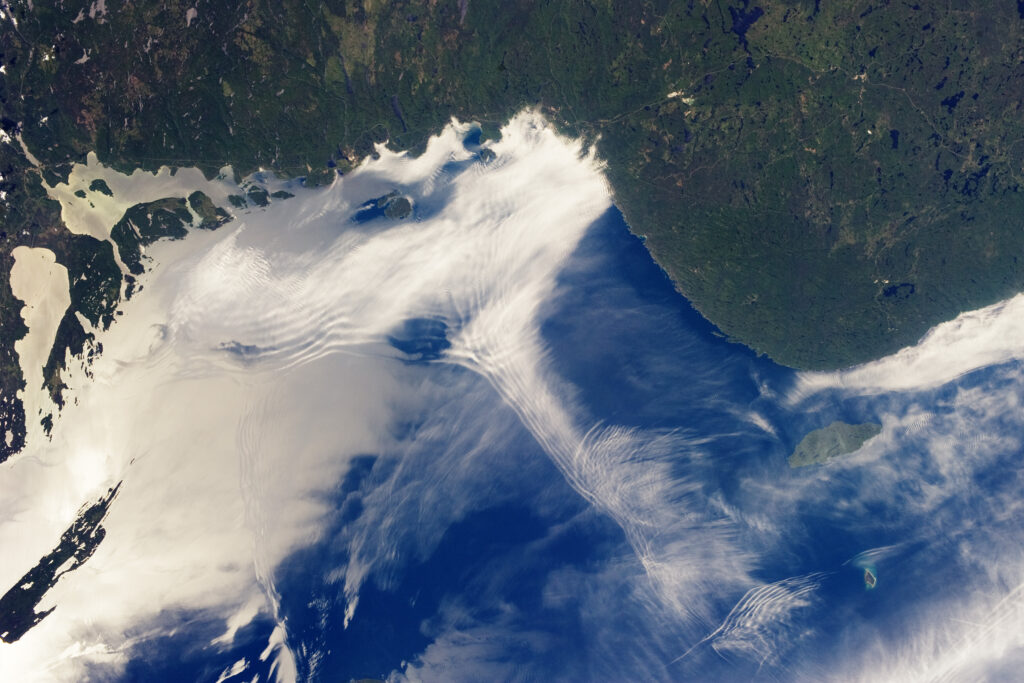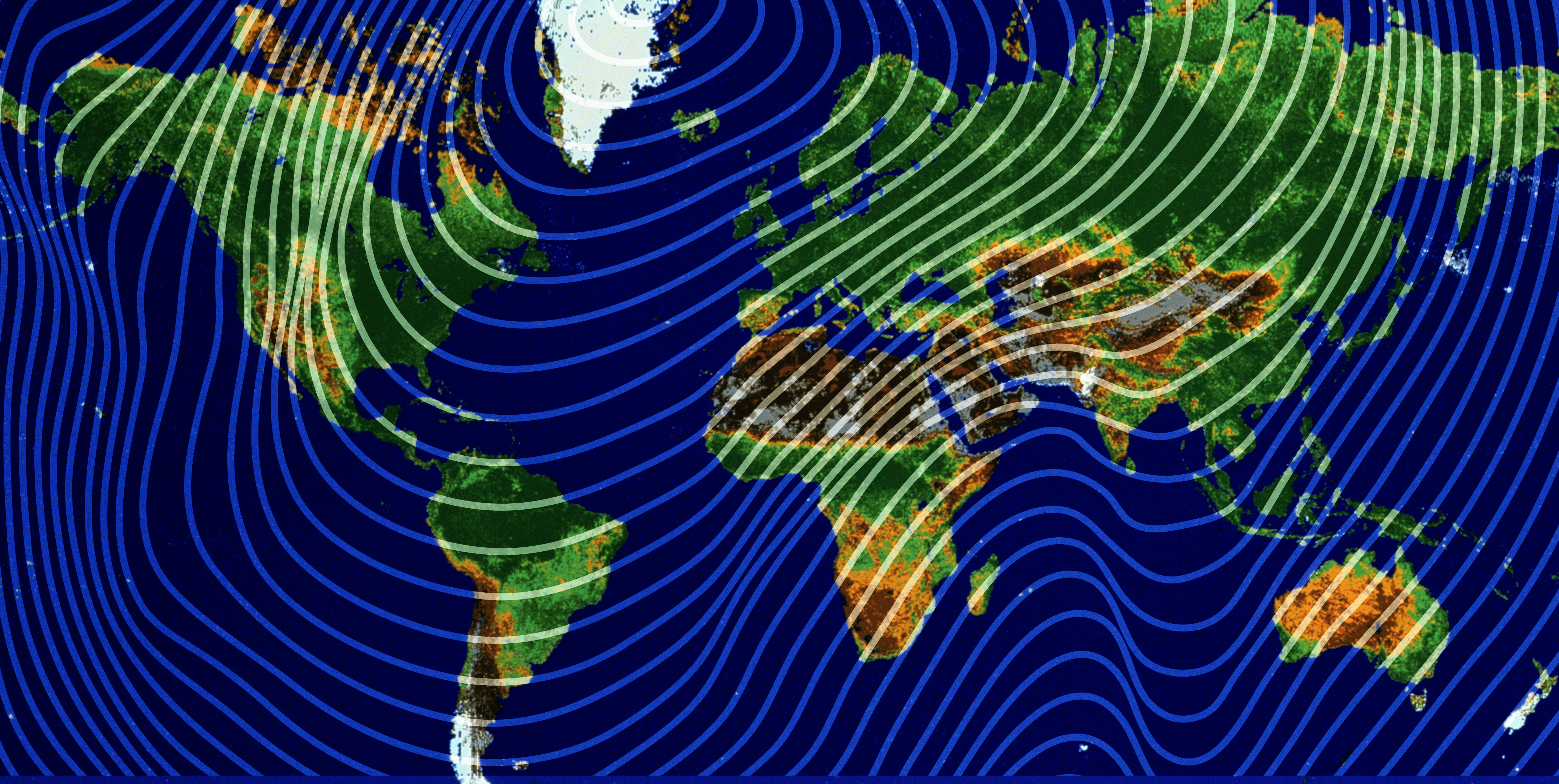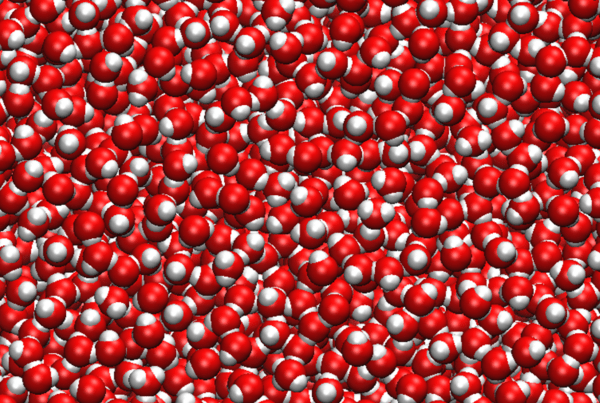Researchers at Stanford University, the European Center for Medium-Range Weather Forecasts, or ECMWF, and Oak Ridge National Laboratory used the lab’s Summit supercomputer to better understand atmospheric gravity waves, which influence significant weather patterns that are difficult to forecast.
First, the team conducted ultrahigh-resolution climate simulations using the ECMWF Integrated Forecast System on Summit. Then they used a decomposition method to extract gravity-wave momentum fluxes that transport energy from atmospheric circulation.

Seen from the International Space Station, gravity waves take shape over Lake Superior when moisture-heavy air encounters air density imbalances, causing airflow to oscillate up and down. Credit: NASA/ISS
“Detailed data on gravity waves are challenging to obtain from satellites, and simulating them at kilometer-scale resolutions is computationally very expensive,” said ORNL researcher Valentine Anantharaj. “Our simulations and analyses reveal gravity wave mechanics when direct observations lack sufficient frequency and detail.”
The results, validated using reanalyzed historical weather data, offer nearly twice the detail of previous studies. The high-resolution value-added data will support training of advanced machine learning models to improve forecasting of extreme weather events. The research is published in the journal Scientific Data.






